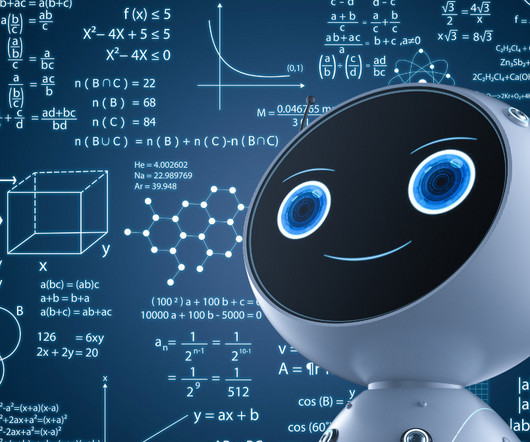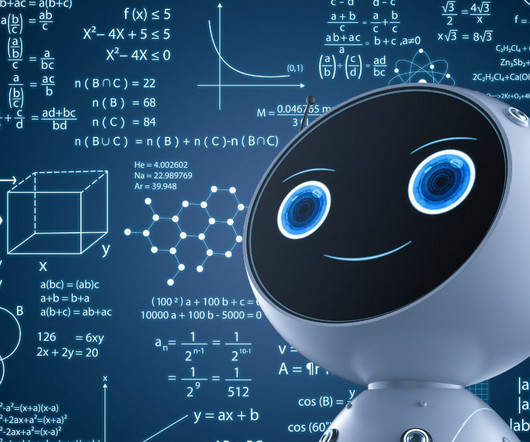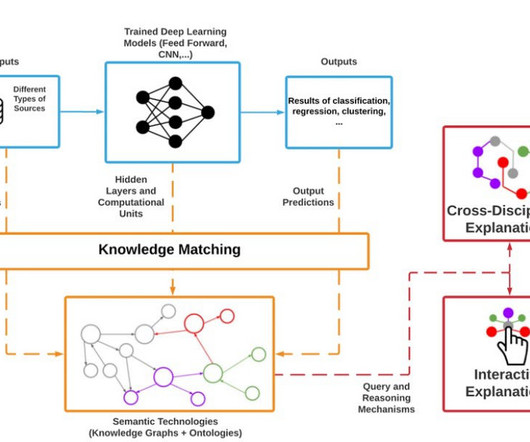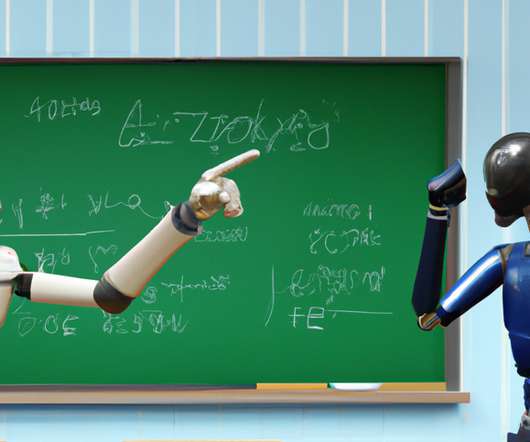Top Stories, Aug 19-25: Top Handy SQL Features for Data Scientists; Nothing but NumPy: Understanding & Creating Neural Networks with Computational Graphs from Scratch
KDnuggets
AUGUST 26, 2019
Also: Deep Learning for NLP: Creating a Chatbot with Keras!; Understanding Decision Trees for Classification in Python; How to Become More Marketable as a Data Scientist; Is Kaggle Learn a Faster Data Science Education?












Let's personalize your content